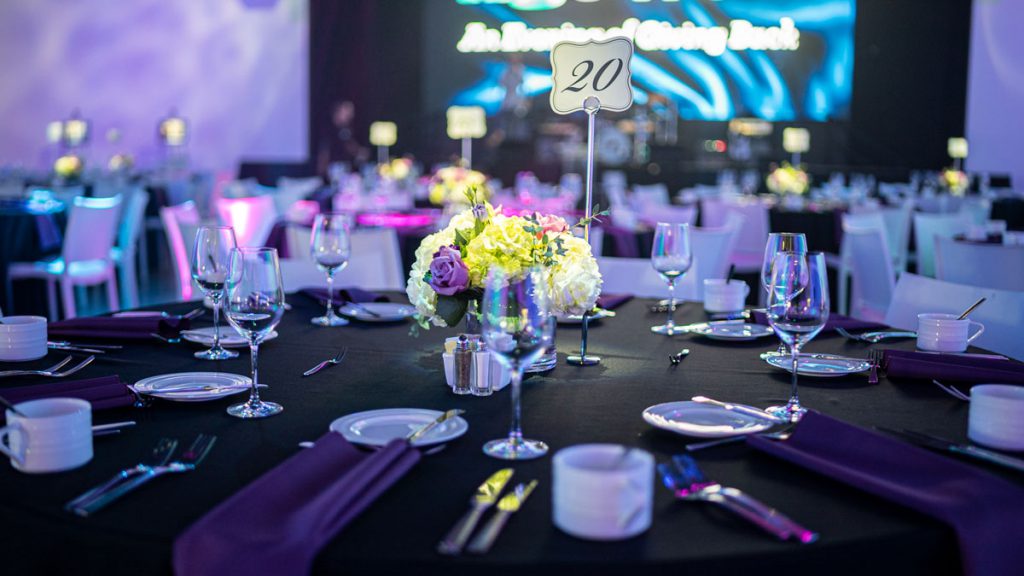Selecting the Optimal Pixel Spacing for Optimal LED Display Performance
Selecting the Optimal Pixel Spacing for Optimal LED Display Performance
Blog Article

As it comes to LED walls, a key most factors to consider is dot pitch. Dot pitch refers to the distance between the cores of two neighboring pixels on an LED display. This measurement is usually expressed in mm. Grasping pixel pitch is crucial because it explicitly affects the clarity and definition of the visuals displayed. A smaller pixel pitch means that the pixels are closer together, resulting to a greater resolution, while a bigger pixel pitch results in a lower resolution. Therefore, selecting the right pixel pitch is vital for obtaining peak LED wall performance.
The choice of pixel pitch often is influenced by the sight distance. For example, if the LED wall is meant to be viewed from a further away, a bigger pixel pitch may be appropriate. This is due to the fact that the human eye cannot readily distinguish individual pixels when they are farther away. On the contrary hand, if the wall will be observed up close, a smaller pixel pitch is needed. In situations such as indoor events, where viewers are typically closer to the screen, a reduced pixel pitch will offer a sharper and more distinct image. Hence, understanding how sight distance affects pixel pitch is key to making an educated decision.
Another important consideration is the intended use of the light-emitting diode wall. Various applications, such as advertising, concerts, or conference presentations, may require varied pixel pitches. For example, an light-emitting diode wall used for advertising in a shopping center may gain from a pixel pitch that facilitates vibrant colors and elevated detail so that it captures the attention of bystander shoppers. Conversely, an external LED wall used at a concert may prioritize brightness and visibility over resolution, permitting for a bigger pixel pitch. Thus, the specific context in which an LED wall will be utilized is vital for establishing the appropriate pixel pitch.
Cost is also a significant factor when choosing pixel pitch. Generally, LED displays with smaller pixel pitches often to be more costly due to the higher density of pixels and the advanced technology needed for production. While it may be tempting to choose a high-resolution display with a small pixel pitch, budget constraints frequently require a balance between quality and price. Businesses should evaluate their needs and determine how much they are prepared to invest in an LED wall, ensuring that the pixel pitch matches with their budgetary capabilities while still meeting performance expectations.
Ultimately, it is essential to consider the maintenance and durability of the LED wall when selecting pixel pitch. Displays with reduced pixel pitches can sometimes be more fragile and may require more meticulous handling and maintenance. Regular upkeep is necessary to ensure that the display functions effectively over time. Understanding the maintenance requirements and potential issues associated with different pixel pitches can help organizations make a more knowledgeable decision. By considering all these go right here elements, including viewing distance, planned use, cost, and maintenance, one can choose the ideal pixel pitch for peak LED wall performance.